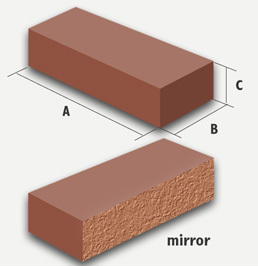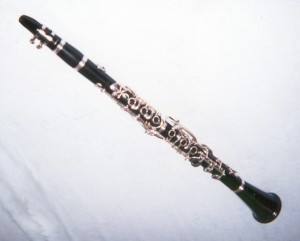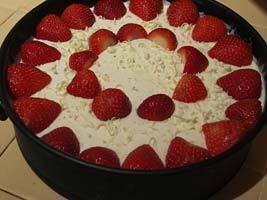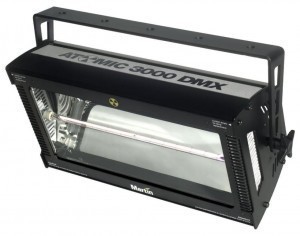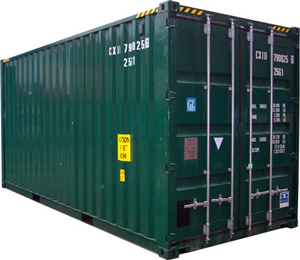Dimension of a Measuring Cup
Measuring cup sizes differ because recipes often require 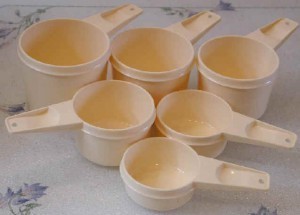 specific amounts to be used. Even though cookbook recipes can accept changes in the ingredients put in, every cook should be familiar with the basic measurements used.
specific amounts to be used. Even though cookbook recipes can accept changes in the ingredients put in, every cook should be familiar with the basic measurements used.
Dry Ingredients Measuring Guide
1/8 cup is equal to 2 tablespoons or 30 ml. 1/4 cup is equal to 4 tablespoons and 50 ml, while 1/3 cup is the same as 5-1/3 tablespoons / 75 ml.
1/2 cup is equivalent to 8 tablespoons / 125 ml; 2/3 cup is the same as 10-2/3 tablespoons / 150 ml; 3/4 cup is equal to 12 tablespoons / 175 ml and 1 cup is the same as 16 tablespoons or 250 ml. 3/8 cup is equal to 6 tablespoons. 1/6 cup is equal to 2 tablespoons + 2 teaspoons.
Wet Ingredients Measuring Guide
Measuring cup size 1 cup is the same as 8 fluid ounces and 1/2 pint. 2 cups is equal to 16 fluid ounces / 1 pint, 4 cups is the same as 32 fluid ounces / 2 pints and 8 cups is similar to 64 fluid ounces / 4 pints. 4.2 cups is equal to 1 liter and 1 cup is equal to 240 ml.
Material Composition
These cups are made from different materials, including stainless steel and plastic. For liquids, tempered glass is the most widely used. Its advantage is the liquid can be boiled without damaging the cup.
There is also no heat transfer from the cup to the handle. The glass types are usually available in 1, 2 and 5 measuring cup sizes. The plastic and steel cups are used for making smaller measurements (2 cups or less). If using plastic cups, avoid exposing them to intense heat; the size indicators may be distorted.
Measuring Tips for Sugar and Liquids
Brown sugar is measured by packing it in the cup. The sugar will keep its shape when it is put in with the other ingredients. For powdered sugar, spoon it into a cup. Level this off with a knife. For liquids, measurement is done at eye level.
Put the liquid in the cup and make sure you are level with the measuring indicator. Whatever measuring cup size you use, the liquid should be exactly at the mark, not below or above it.
When measuring yogurt, sour cream and other similar liquids, use the dry cups. Liquid cups will not work because the substance is too thick. Level it with a knife.
Baking and Cooking Measurements
If you are baking cookies, cakes and other pastries, precise measurements are necessary. The slightest change can alter the recipe taste.
If you are cooking soups, meats and casseroles, you can add or reduce the amounts without affecting the taste. However, do not steer too much away from the original amount; too much deviation will alter the taste.
Knowing the measuring cup sizes is one of the most important steps to learning how to cook and bake. By knowing the facts, you can prepare the recipe and have the results exactly the way you want it.
